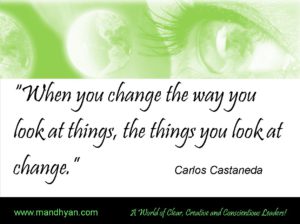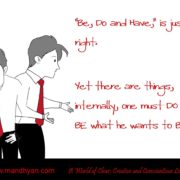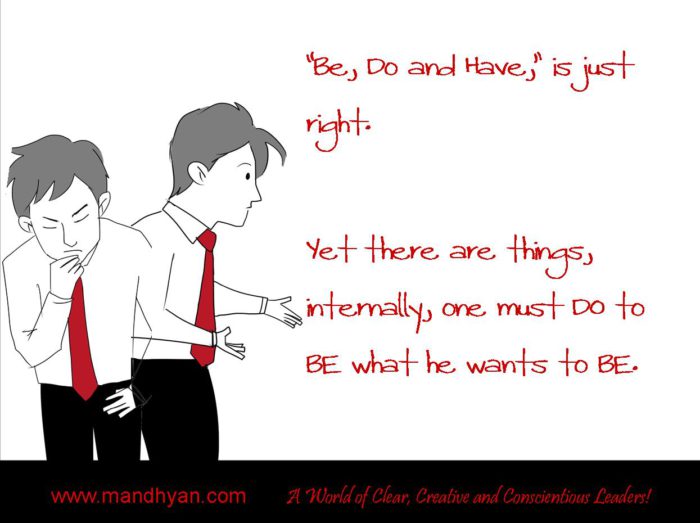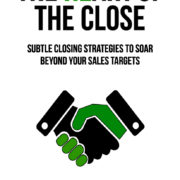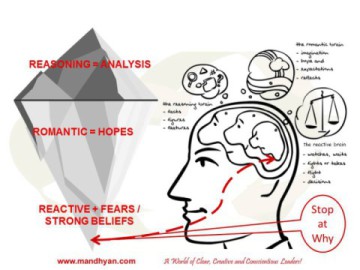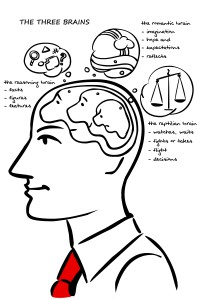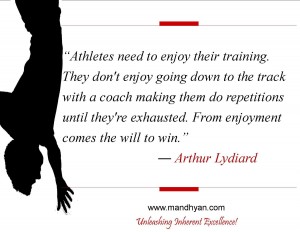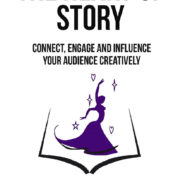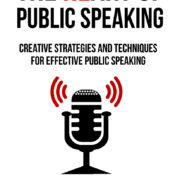The Subtleties of Authentic Influence©
TODAY, I complete and count nearly twenty-one years since I entered the world of public and then professional speaking. Within the first year of being part of a very elite group of professionals at the Executive Toastmasters Club of Makati, the club appointed me president.
Surely I’d had some experience in leading teams, building businesses and even being the chief honcho of other business-oriented organizations but I’d never had the experience of being at the helm of a team made of people coming from different walks of life. A group made from diverse backgrounds, and with no material stakes and agenda in the organization except the fact that it was a self-learning volunteer group.
Towards this end, I thankfully, consider myself to have been blessed to have an amazing mentor and coach in the form of the group’s former president, one Mr. Horacio S. Sese. Nicknamed Rexy, as many people in the Philippines are, he used to hailed as “Sexy Rexy.”
Rexy used to have this amazing way of making me think, visualize, verbalize, and then act and follow through with what was needed, what was productive, and everything that moved the team forward. A team that was loosely gelled, tender, and had haphazard stakes in doing so. I must also add to this that whatever Rexy guided me into doing was also always ethical and in service of others, something bigger than myself.
Though it has been over twenty years since then, here are a few subtleties about Rexy, about Authentic Influence, and his styles which led me to perform better and grow:
Reputation. In my first few interactions with him, I picked up cues that Rexy knew what he was talking about and doing. Much more important than my own assessment of him almost everyone spoke well of him and looked up at him. This kind of presence and reputation isn’t and wasn’t downloadable from any source but it had been built over the years brick by brick and inch by inch. It was rock solid, dependable, and his reputation always walked into the room way before the person behind it did.
Respect. I was and still am twenty years younger than him. I was and still might be twenty years greener than him in many areas of life and in a world where power is wielded hierarchically; Rexy never let these differences show. For him, in reality, they did not exist and he treated me and all with others with massive courtesy and respect with every little word and every little micro-gesture. He never spoke at me. He did not highlight my lack of experience and know-how. He never disturbed my time without first seeking my permission.
Rapport. You can already guess by the fact that he allowed young and old to address him as “Sexy Rexy,” that he was also a fun and easy-going guy. There was barely any hot air in his hairy head. He had this uncanny ability to meet people in their own way, at their own level and use lightness and respect to win their trust and rapport rapidly. Regardless of how unique, urgent or ambiguous the tasks at hand were, Rexy made it a point to acknowledge and care for the person behind the task, namely me.
Research. This probably is not the precise word for the point I am trying to make but it fits into the theme and the scheme of things. Every time there was work to be done or little tasks that were probably behind time, Rexy’s conversations would start with exploring the background of the tasks at hand. After that he’d explore my thoughts and feelings about the work at hand. Gently, then he used to check if I had the resources and the support. Towards closing the conversation he’d get confirmations in such a way that would make me feel as if I were the lead and as if all the ideas were of my generation and which, in fact, was usually true. In our conversations, his open-minded, exploring way of guidance had me bursting with ideas and intentions to flourish. He never ever delegated. I owned and was accountable for all that I put out.
Request. Now just in case, wherever he had a need and not that I remember him having any, his mode, his demeanor was, always, as if he were making a request. I didn’t know how he did that. I don’t know where and how he acquired such a skill set but it was and still is mind-blowing. Over the years I have tried to imbibe that behavior and that demeanor and I am not sure if I have it. It is is a powerful competency and shall always remain on my wish list of things I want to be. I want to be like Rexy the Sexy.
In a world, today, that has exploded into the virtual domain where people live half their lives stuck to their smartphones and laptops; where social and business interactions thrive in the digital space these five subtleties of Authentic Influence can and will always rule all forms of dealings and interactions.
Your abilities to authentically influence the marketplace and your stakeholders will depend on your reputation, respect for them, rapport with them; your abilities to research their needs and turn your own needs into humble requests will make you social and business leaders who innovate and influence authentically.
On Saturday, the 18th of August, at 9:00AM Philippines, I am running a no fee webinar, please drop by and pick up or add a few things to the subject of Authentic Influence. Here’s the link for signing up: Authentic Influence© by Raju Mandhyan



